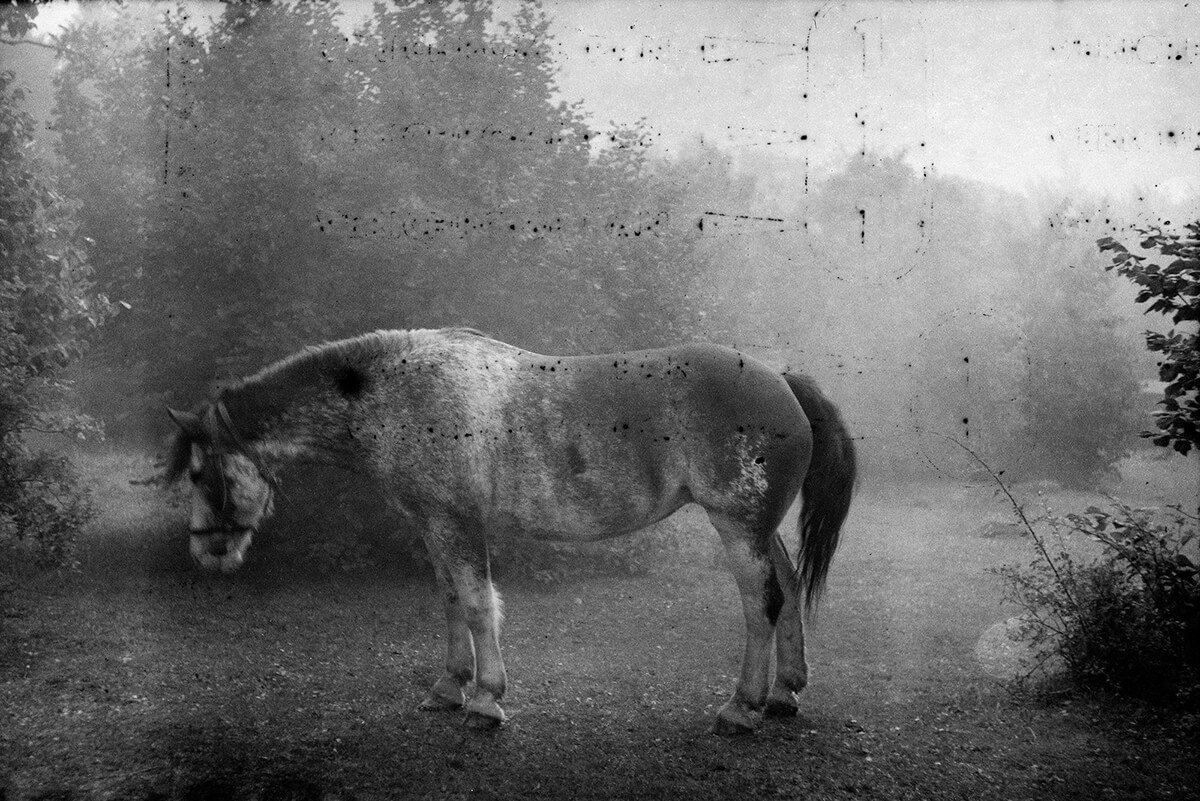INSPIRATION
My Favorite Shot
ANIMAL KINGDOM
What’s the favorite photo you’ve taken?
Could you pick a favorite image you’ve taken? Not easy we know, but to coincide with our February 2025 ANIMAL KINGDOM call for entries, we asked some of the photographers in our community to do just that. Or at least to pick a shot related to the topic that they hold dearly, were happy to have taken recently, has a great story behind it, or that resonates with them in some other way right now. Here they tell us why…
(Banner image: Romano P Riedo)

ANNA CLAIRE BEASLEY
www.acbeasley.com / @annaclairebeasley
Tiny Person, Big Whales.
“Swimming with humpback whales is as awe-inspiring as it sounds. When you see them against the endless blue, it’s hard to get a reference for their size. During this past whale season in Mo’orea this year, we had two extremely playful and interactive adult humpbacks; On one of our swims with this pair, I saw my friend, a guide on a different boat, poised between the two circling whales. I knew when I took it this would be one of my favorite images of the season; while it’s a bit of an optical illusion and the whales look larger than life due to distances/positioning in the water, it really showcases how big they feel when you are swimming alongside them.”
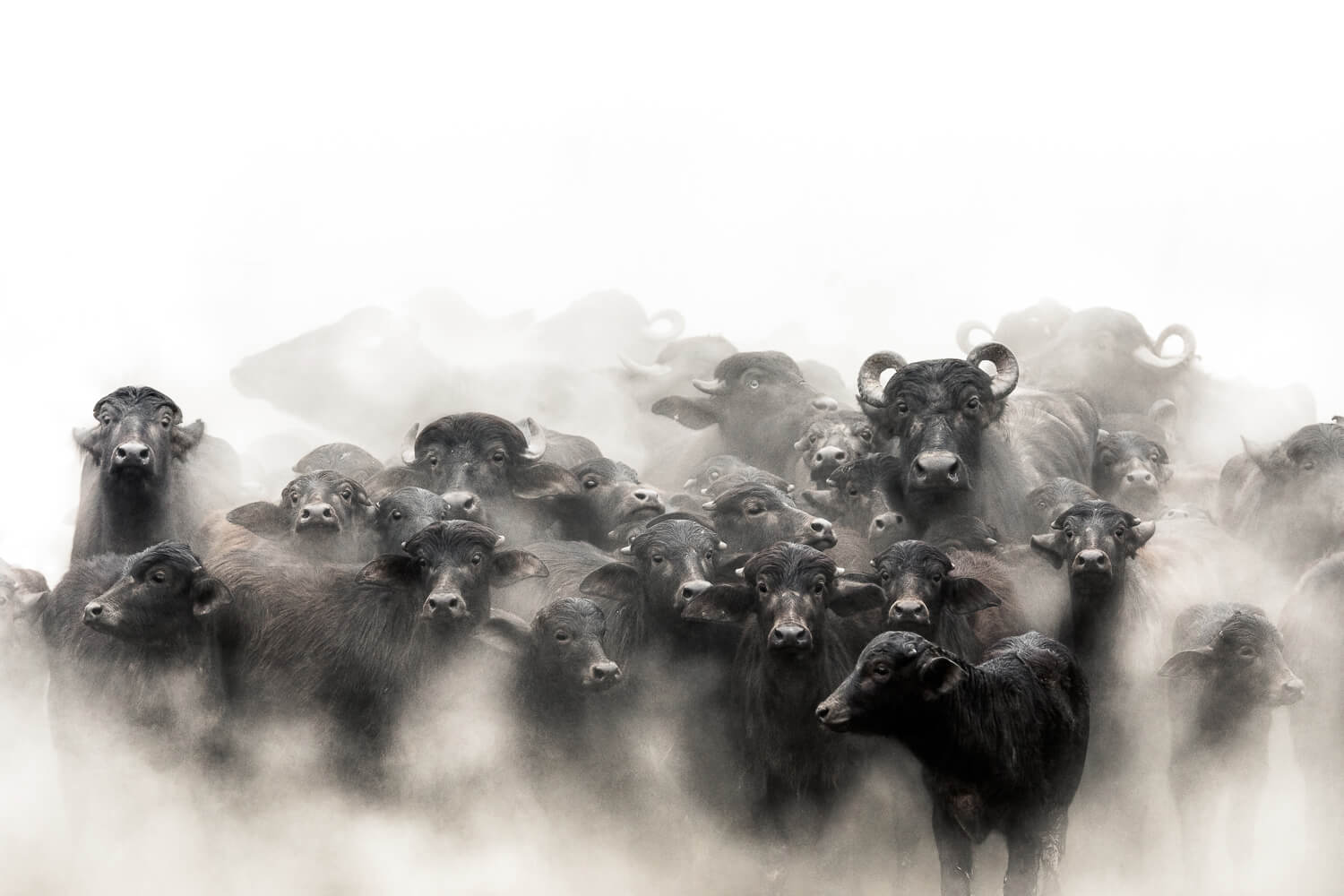
CÉLINE FRERS
www.celinefrers.com / @celine_frers
Buffalos.
“I’m always trying to transmit the power of nature in my shots. I don’t want it to be just a nice shot, I intend to convey a sense of strength as well. The same one I feel when I’m immersed in wild and pristine places. I think of nature as my God, as the ultimate beauty.
In this photo I’m captivated by the penetrating looks of the mother buffalos. Each one of them, staring with caution. The calves together in the front under the attentive eyes of their mothers, all in the back, overlooking for dangers. They move like one. The scene is isolated by a cloud of dust, that “cleans” the image and helps emphasize the powerful looks in the animals. They seem to see right through my lens.”
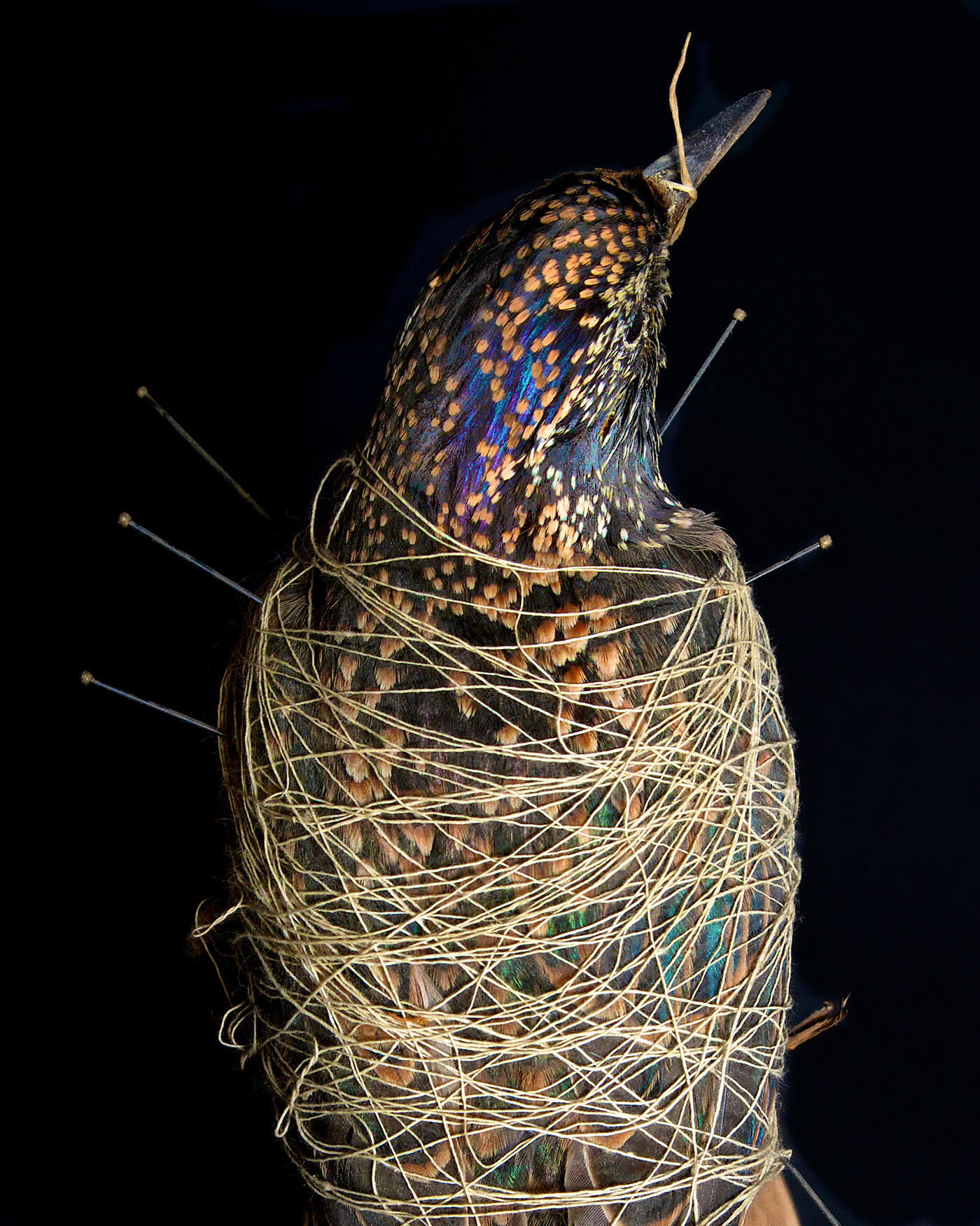
LYNN SAVARESE
www.lynnsavarese.com / @lynnsavaresephotography
Prometheus Vinctus.
“It was while photographing bird specimens as a volunteer for the American Museum of Natural History in New York that I became mesmerized by taxidermy. Overwhelmed by the eerie charm of these animal objects and their disquieting embodiment of both life and death, I sought to understand the medium better. Fortunately, I was able to track down David Schwendeman, the museum’s last full-time taxidermist who retired in the early 1980s. He and his son, Bruce—also a taxidermist—very generously welcomed me into their taxidermy studio and invited me to photograph their art, which resulted in a series entitled “My Still Life Aviary.”
In the series, I hoped to convey how scientific knowledge, acute observation, and precise sculptural artistry are employed by the taxidermist to achieve the illusion of life through the remains of death, and to reveal the artistic kinship between the photographer and taxidermist. Taxidermists, like photographers, appropriate their subjects, by turning them into objects that are symbolically possessed, and imprisoning reality to achieve a kind of reverie. But even as I thrilled at the much more intimate encounter with a specimen than would be possible were it still alive, I also found it disturbing. Although enthralled by the enigmatic beauty and character of the aviary specimens featured in my series, I never lost sight of man’s hubris in turning these animals into replicas of themselves and the irony inherent in striving to achieve a kind of immortality for them by killing them. Doubly ironic, however, is that I have also never felt more deeply the wonder and beauty of our animal kin than in my close-up encounters with these mounted birds. Specimens that had been abandoned before their completion and remained bound in string and pins, or that had fallen into disrepair, were especially heartrending. Upon seeing their heads or wings wobbling from their wire supports or their feathers in disarray and coated with arsenic powder, I often felt as if I was witnessing their second death.”
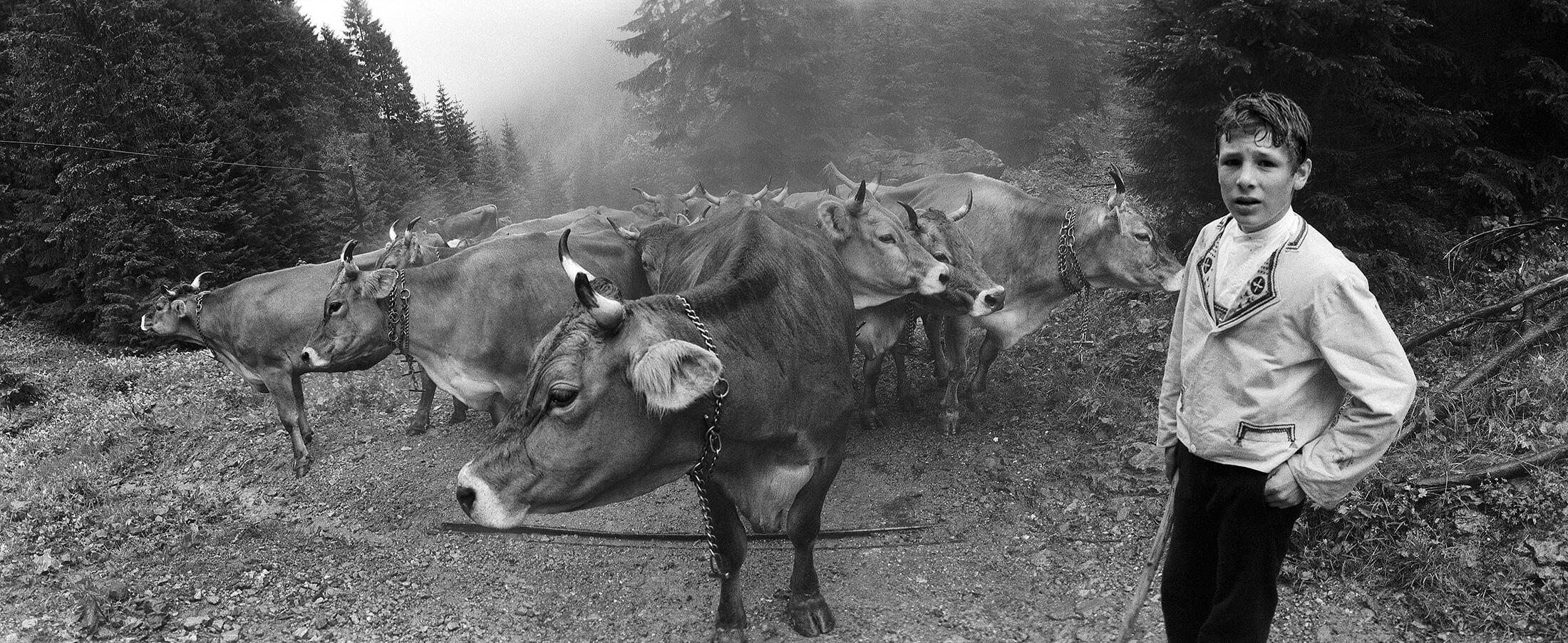
ROMANO P RIEDO
www.romanoriedo.ch / @romanoriedo
“In my photographic practice, nothing is staged – I prefer to capture situations as they arise. I am particularly interested in everyday living conditions and the interaction between humans and animals. For me, this photo represents a kind of quintessence of a long-term reportage project about agricultural practices and conditions in remote mountain areas of Switzerland. Once a year, at the beginning of summer, the farmers accompany their animals on foot from their home farm to the often distant higher pastures.
This panoramic photograph describes a brief moment of tranquillity before the animals reach the higher alpine meadows. You can see the exertion of the animals and the young shepherd. As they are familiar with each other, he can lead the cattle alone without the animals escaping. A very intense moment.”
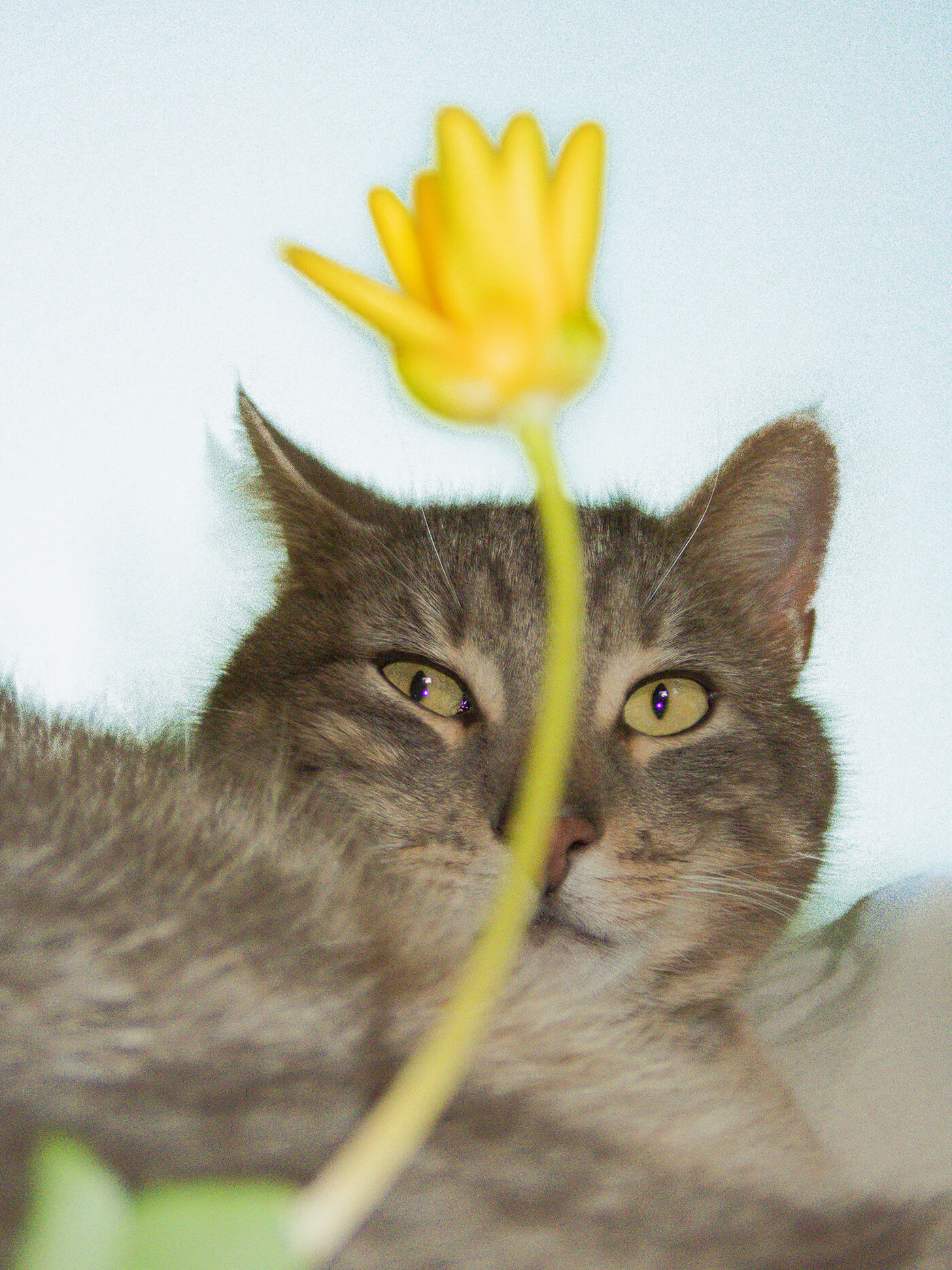
TOM HUBER
www.tom-huber.net / @_tom_huber
“This is my wife’s cat, Bagwan, which (the cat) I somewhat like, and the feeling is mutual. Recently, I tried to capture a small flower in the garden to test the macro mode of my little underwater camera. Soon, feeling bored, I plucked it, went inside, and searched for a different background. I then waved the flower in front of the cat’s nose. Bagwan stared, briefly hypnotized, then annoyed at the little flower before walking away. The picture was in the bag. I like how the two elements in the image promise kitsch and beauty – but here, they don’t quite fulfil that promise without being provocative.”

SALVADORE URIBE BRUST
“This was my first time ever seeing a Great White Shark during an expedition that is now closed to the public due to the fact that we have exploited the area irresponsibly, so I like to think of it as a very special shot of a top predator in an environment that many people may not get to see anymore. The picture was taken in Las Islas de Guadalupein Mexico where once you could observe great whites congregating before continuing their migration to Hawaii. This particular great white was 5 m (16.4 ft) long and it was impressive to see her cruising through the waters while every fish opened way for her. Usually our minds (or at least mine) have a very hard time understanding how there can be such a big living being moving with such gracefulness through the water. I love photographing animals because all of them have a specific design and role in nature for which their bodies and senses are specifically designed. And I especially love sharks because in the element of water we are truly just guests in their habitat.”
